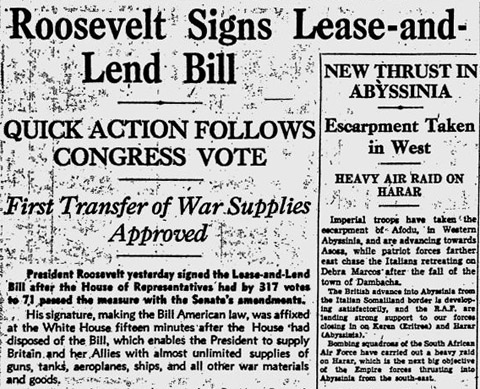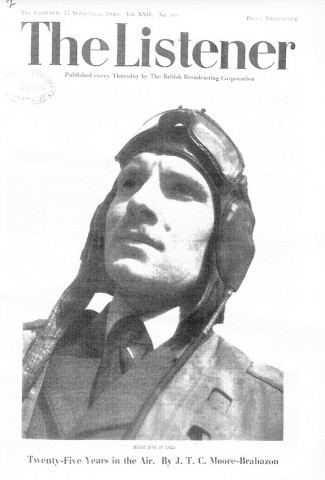Thursday, 13 March 1941
The Glasgow Herald today again leads with Lease-and-Lend, specifically the massive appropriation request made by Roosevelt to Congress — over half a billion pounds’ worth of ‘aircraft and aeronautical material, including engines, spares, and accessories’ alone (5). The Bill will be ready for debate early next week: the Speak of the House of Representatives, Sam […]




